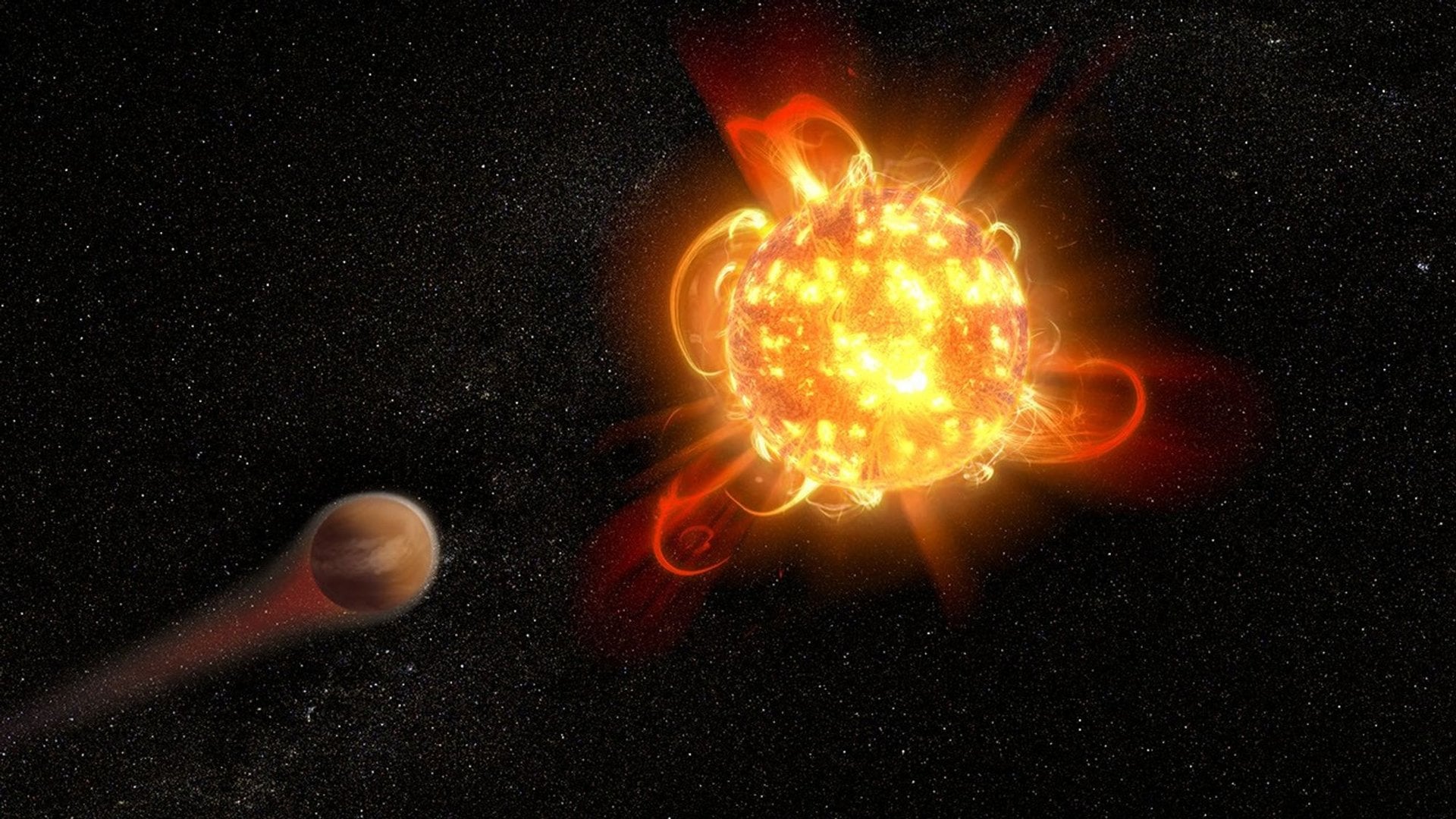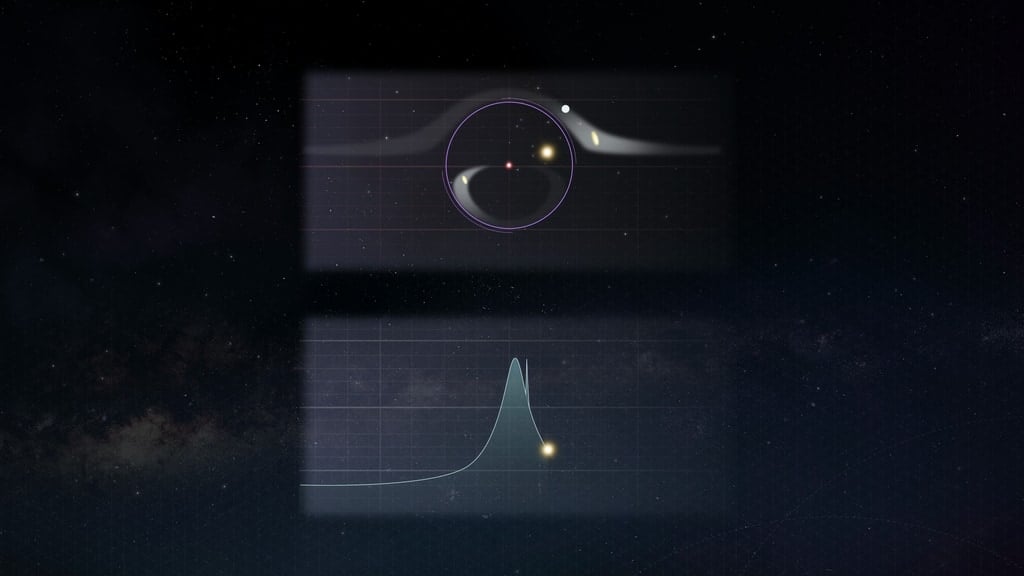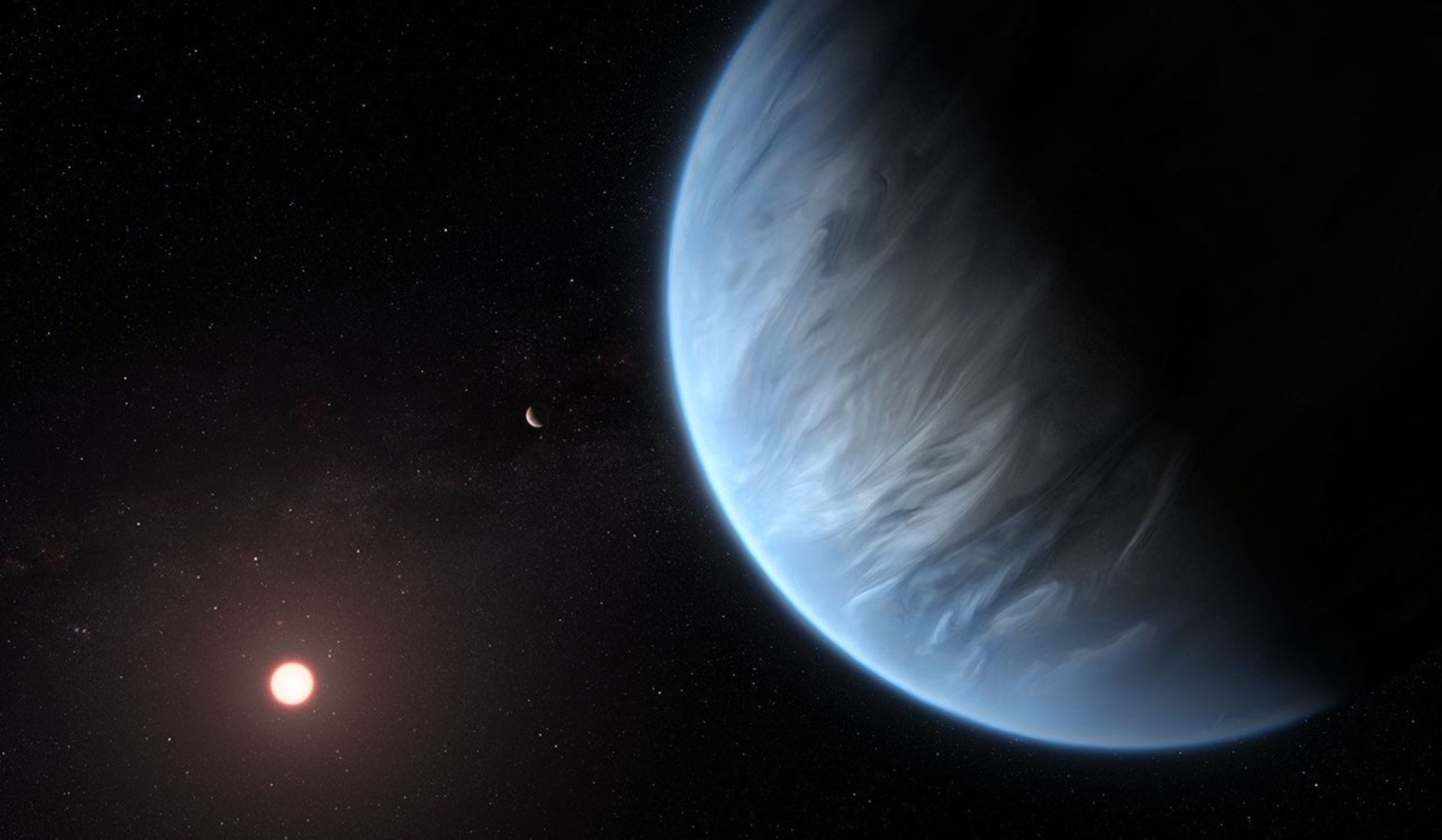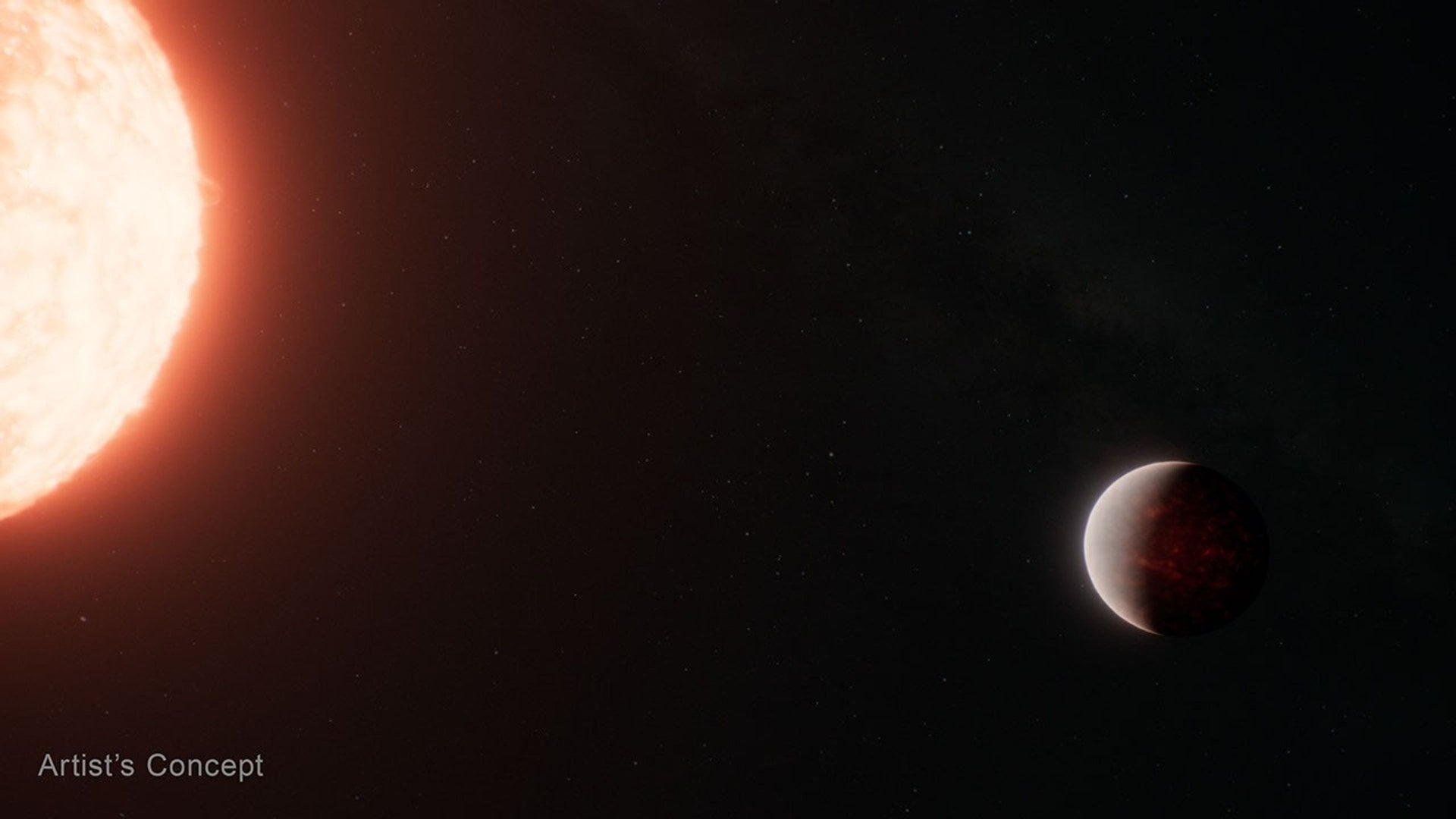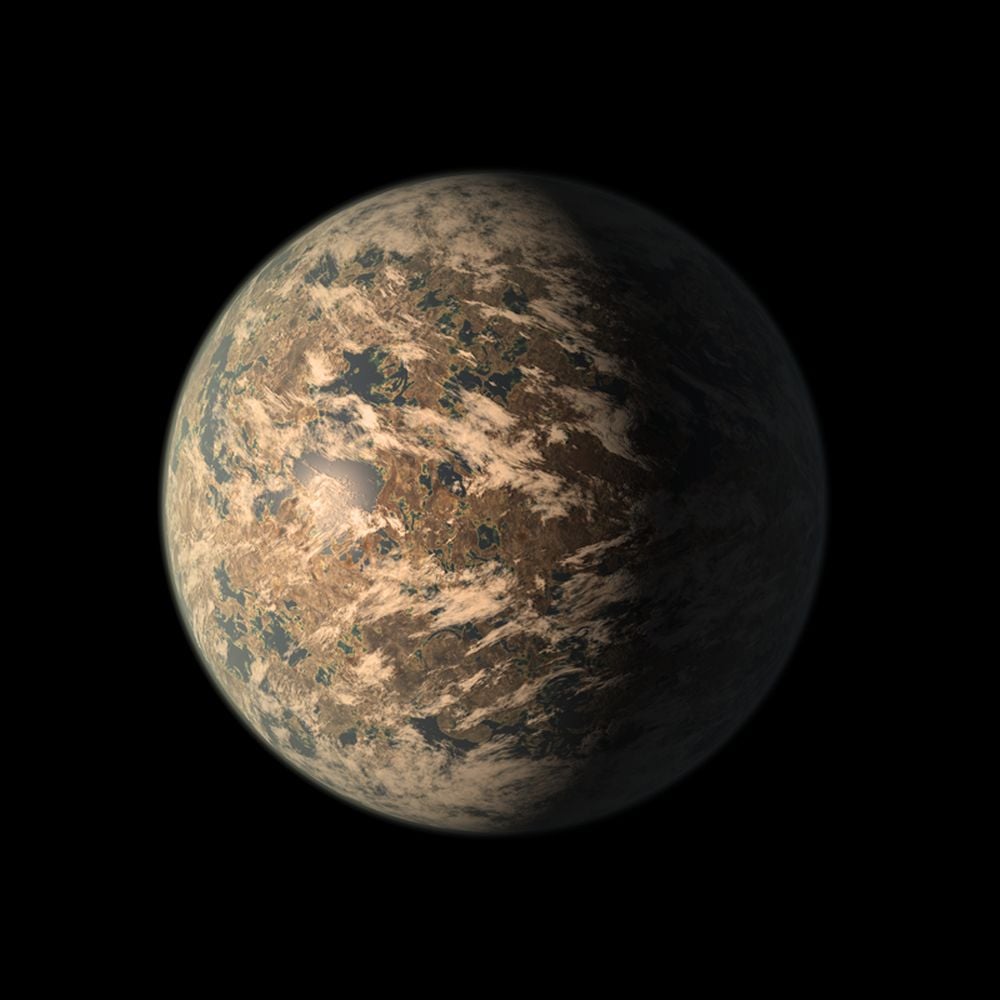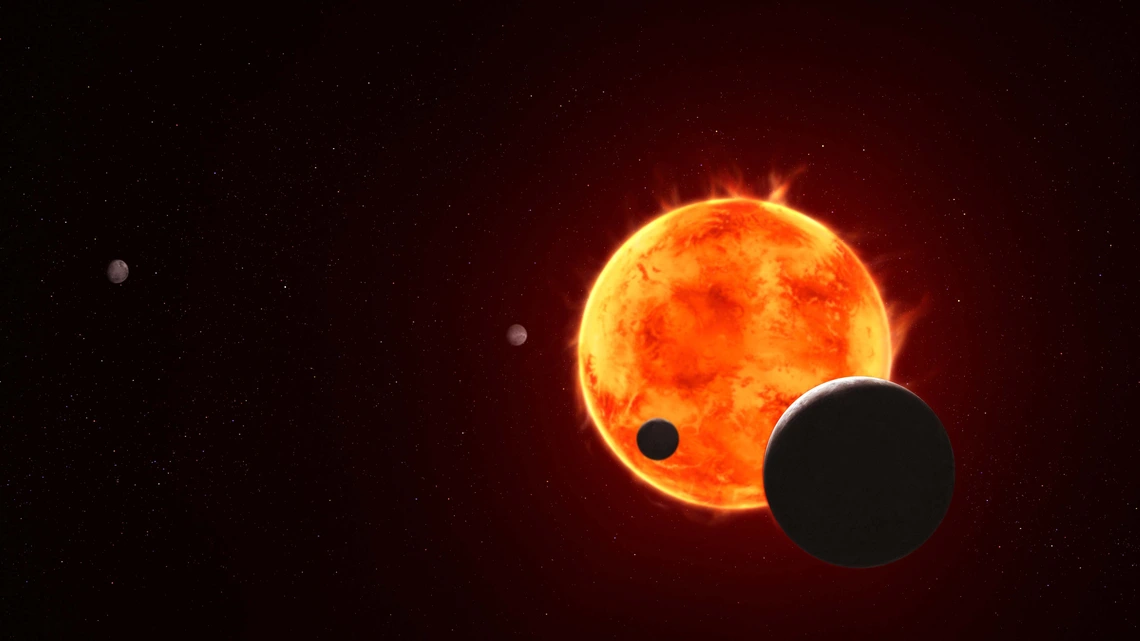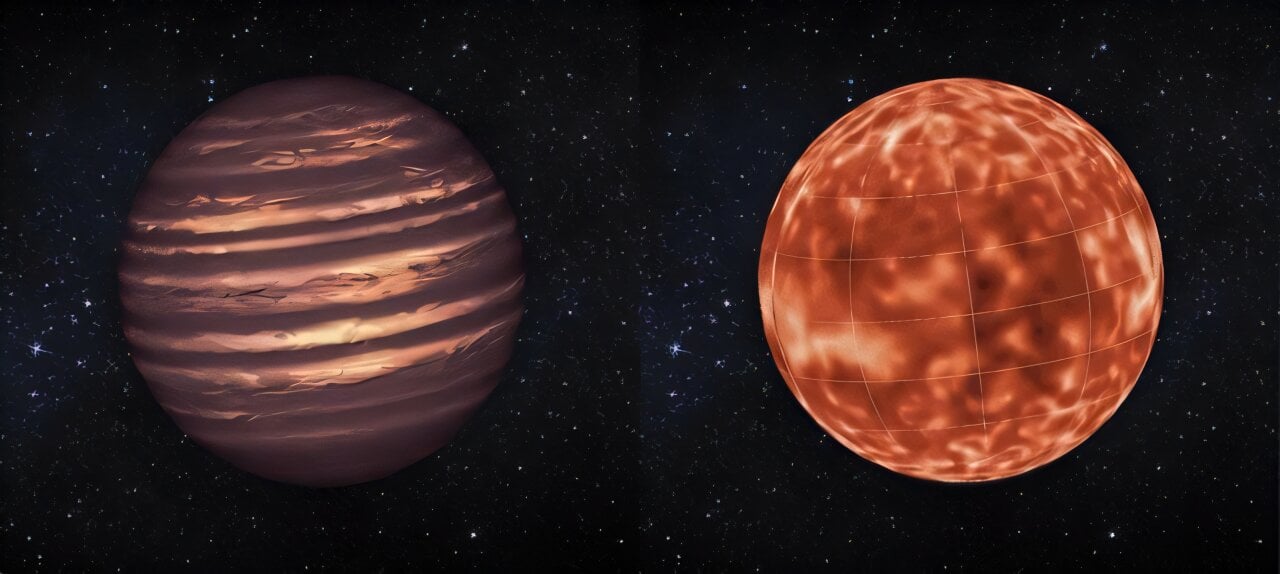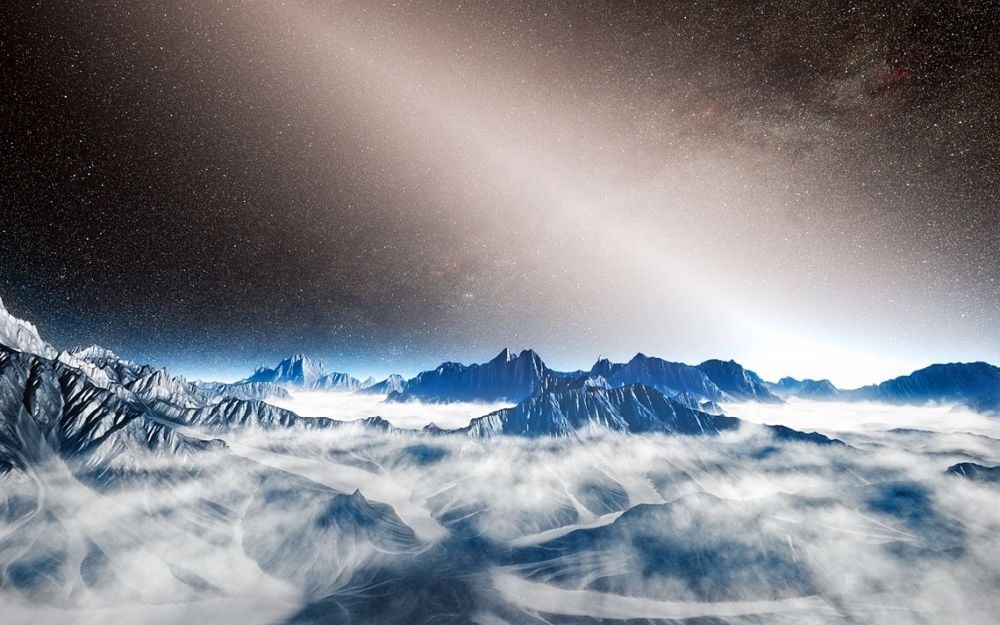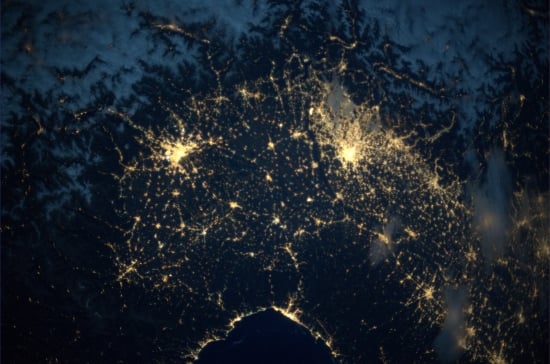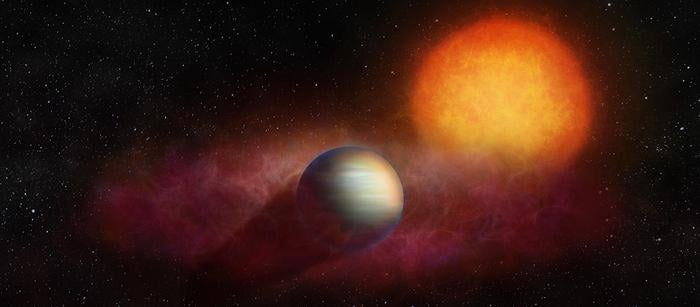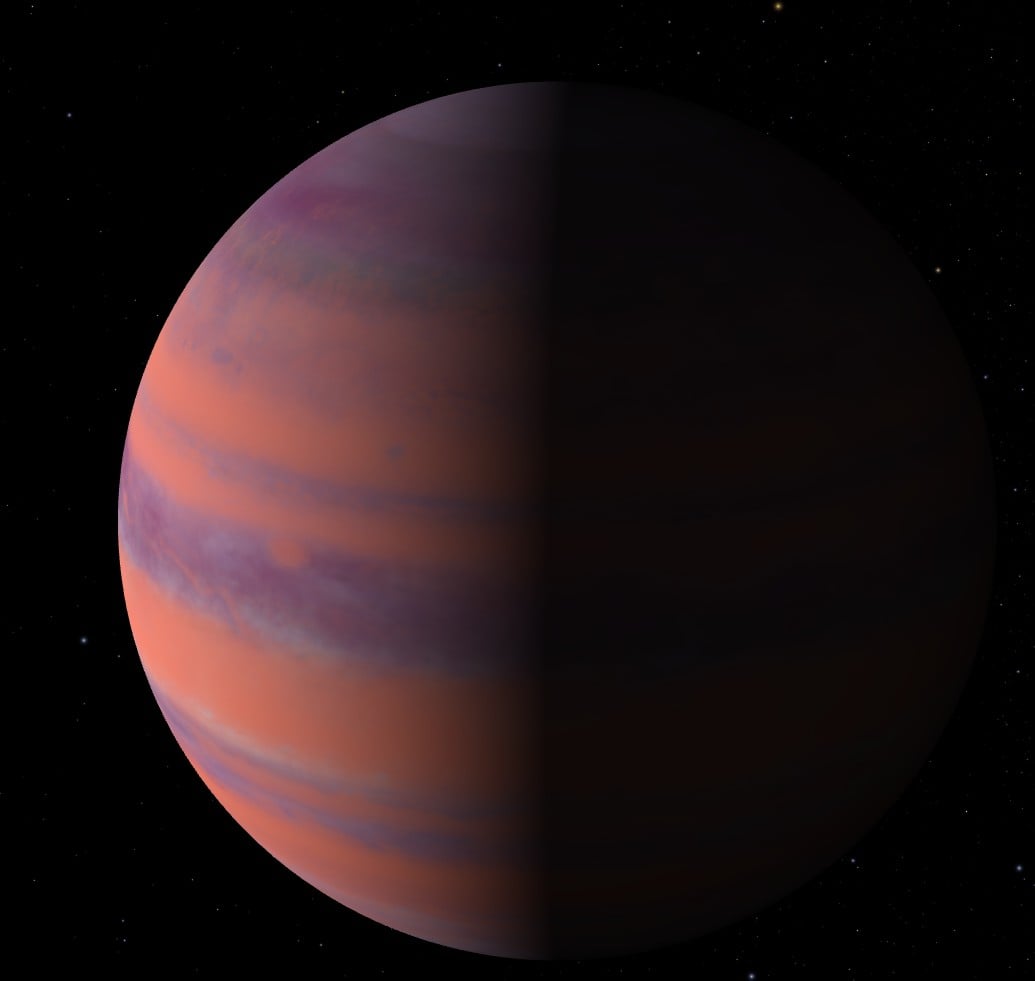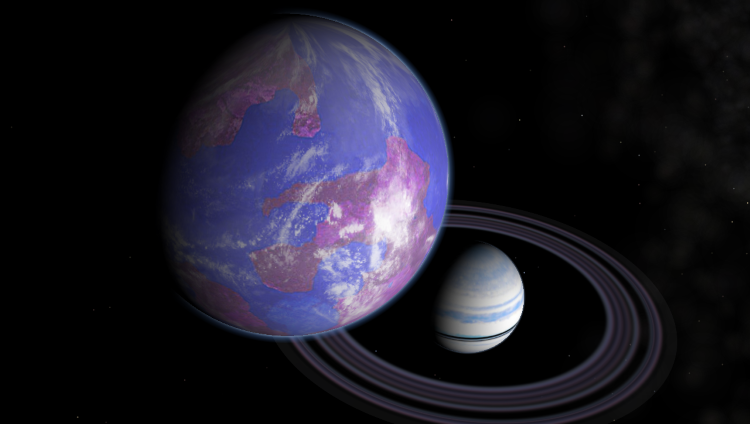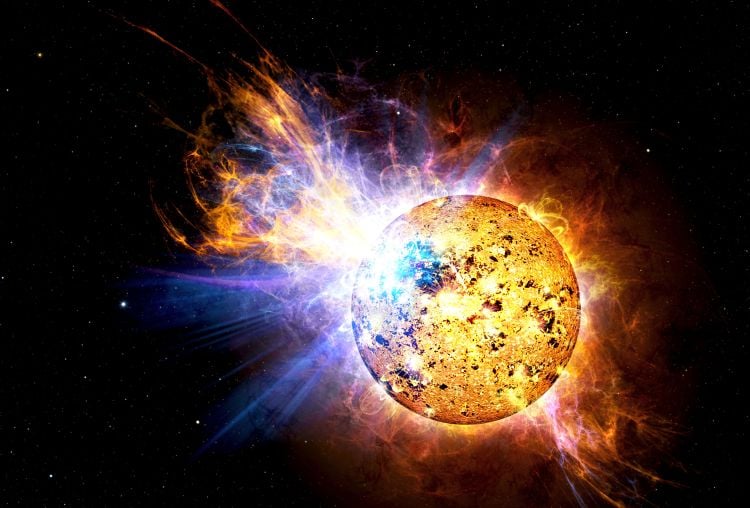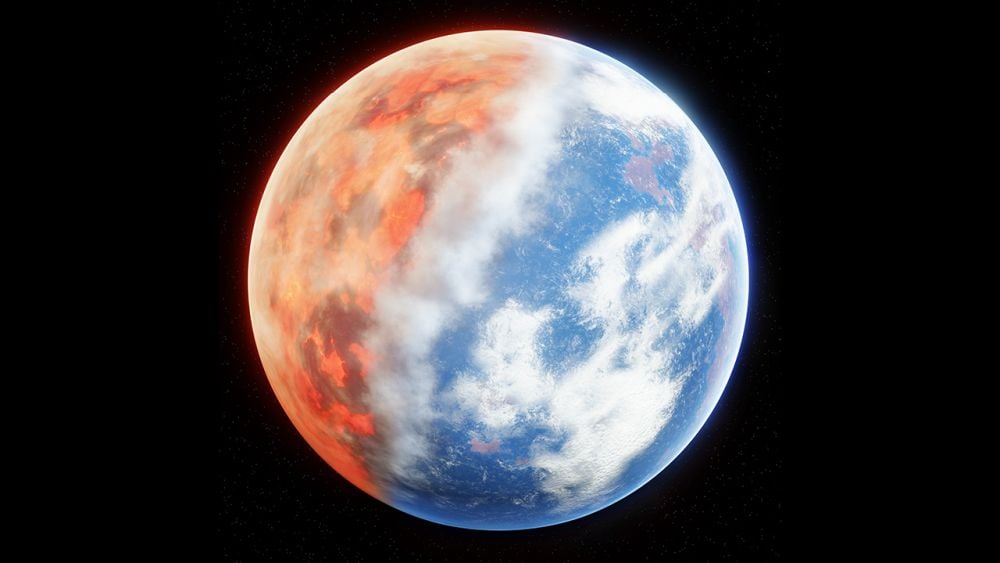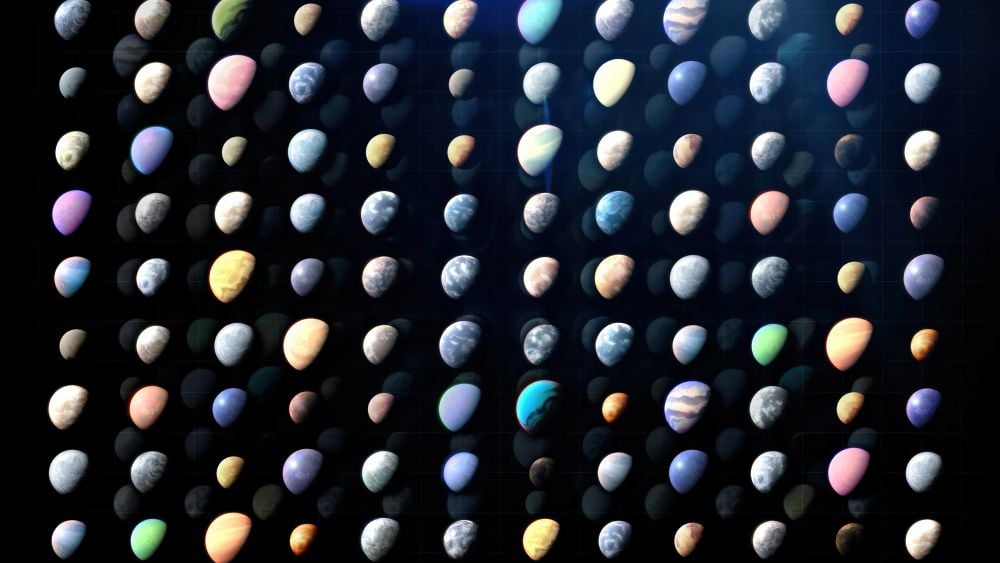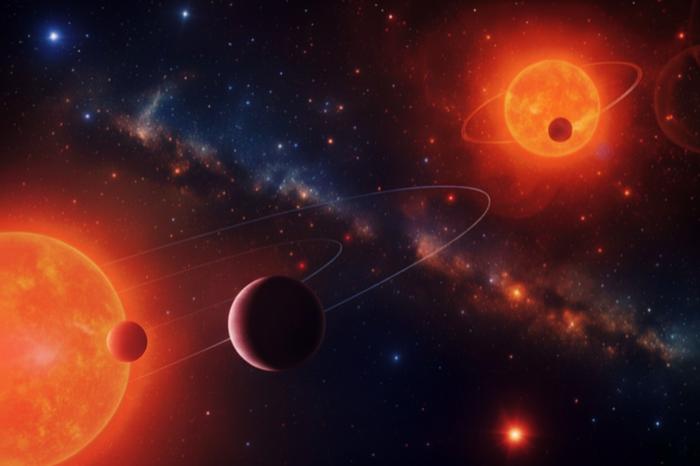Hubble Reveals Chaos in the Largest Planet Nursery Ever Seen
Astronomers using the Hubble Space Telescope have discovered the largest planet forming disk ever observed around a young star, stretching nearly 40 times the diameter of our Solar System. Nicknamed “Dracula’s Chivito” for its hamburger like appearance when viewed edge on, this massive disk reveals an unexpectedly chaotic and asymmetric structure with wisps of material extending far above and below its central plane. The discovery offers an unprecedented window into how planets might form in extreme environments, challenging previous assumptions about the orderly nature of planetary nurseries.
 Universe Today
Universe Today

